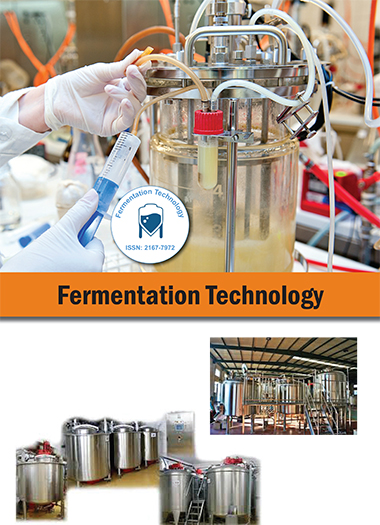Indiziert in
- Öffnen Sie das J-Tor
- Genamics JournalSeek
- Zugang zu globaler Online-Forschung in der Landwirtschaft (AGORA)
- RefSeek
- Hamdard-Universität
- EBSCO AZ
- OCLC – WorldCat
- Publons
Nützliche Links
Teile diese Seite
Zeitschriftenflyer

Open-Access-Zeitschriften
- Allgemeine Wissenschaft
- Biochemie
- Bioinformatik und Systembiologie
- Chemie
- Genetik und Molekularbiologie
- Immunologie und Mikrobiologie
- Klinische Wissenschaften
- Krankenpflege und Gesundheitsfürsorge
- Landwirtschaft und Aquakultur
- Lebensmittel & Ernährung
- Maschinenbau
- Materialwissenschaften
- Medizinische Wissenschaften
- Neurowissenschaften und Psychologie
- Pharmazeutische Wissenschaften
- Umweltwissenschaften
- Veterinärwissenschaften
- Wirtschaft & Management
Abstrakt
Bioethanol Production Using Saccharomyces cerevisiae with Different Perspectives: Substrates, Growth Variables, Inhibitor Reduction and Immobilization
Bharti Bhadana and Madhulika Chauhan
In the transportation sector, the most commonly used biofuel is ‘bioethanol’ to reduce greenhouse gases. Ethanol production at the industrial level is employed by many yeast, bacteria, and fungi. But Saccharomyces Cerevisiae is most employed yeast. Wide range of substrates has been used for ethanol production such as lignocellulose, molasses, sweat sorghum cane extract, starch based substrate and other wastes. Lignocellulosic hydrolysates contain many inhibitors that can be reduced by treatment with activated charcoal and reducing agents, repeated sequential fermentation, over-liming, evaporation, anion exchanger, enzymatic treatment using peroxidase and laccase, and in-situ detoxification with fermenting microbes. Co-culturing of S. Cerevisiae with other microbes is targeted for optimization of ethanol production, short fermentation time, and for reduced process cost. Yeast cell immobilization has been considered as a potential alternative to enhance ethanol productivity. This paper also reviews the effects of various factors on yeast fermentation for ethanol optimization.